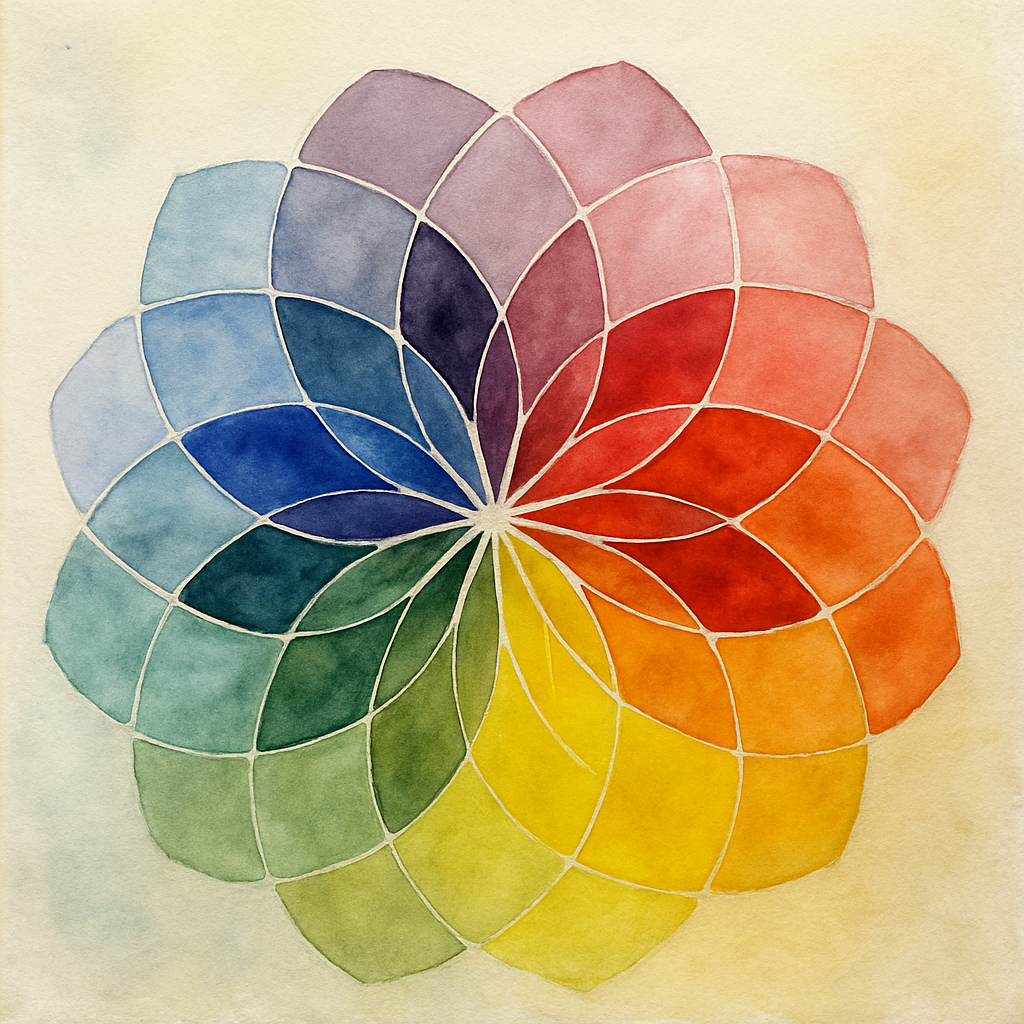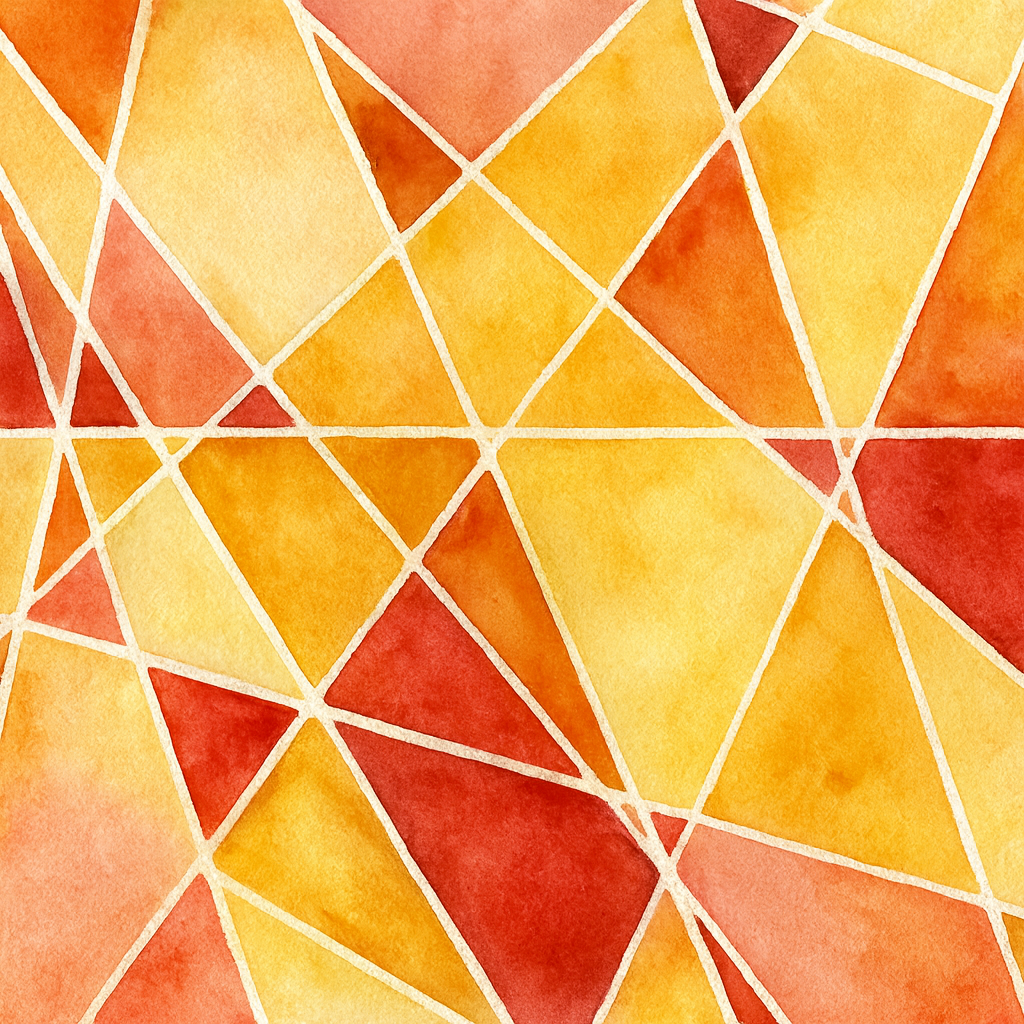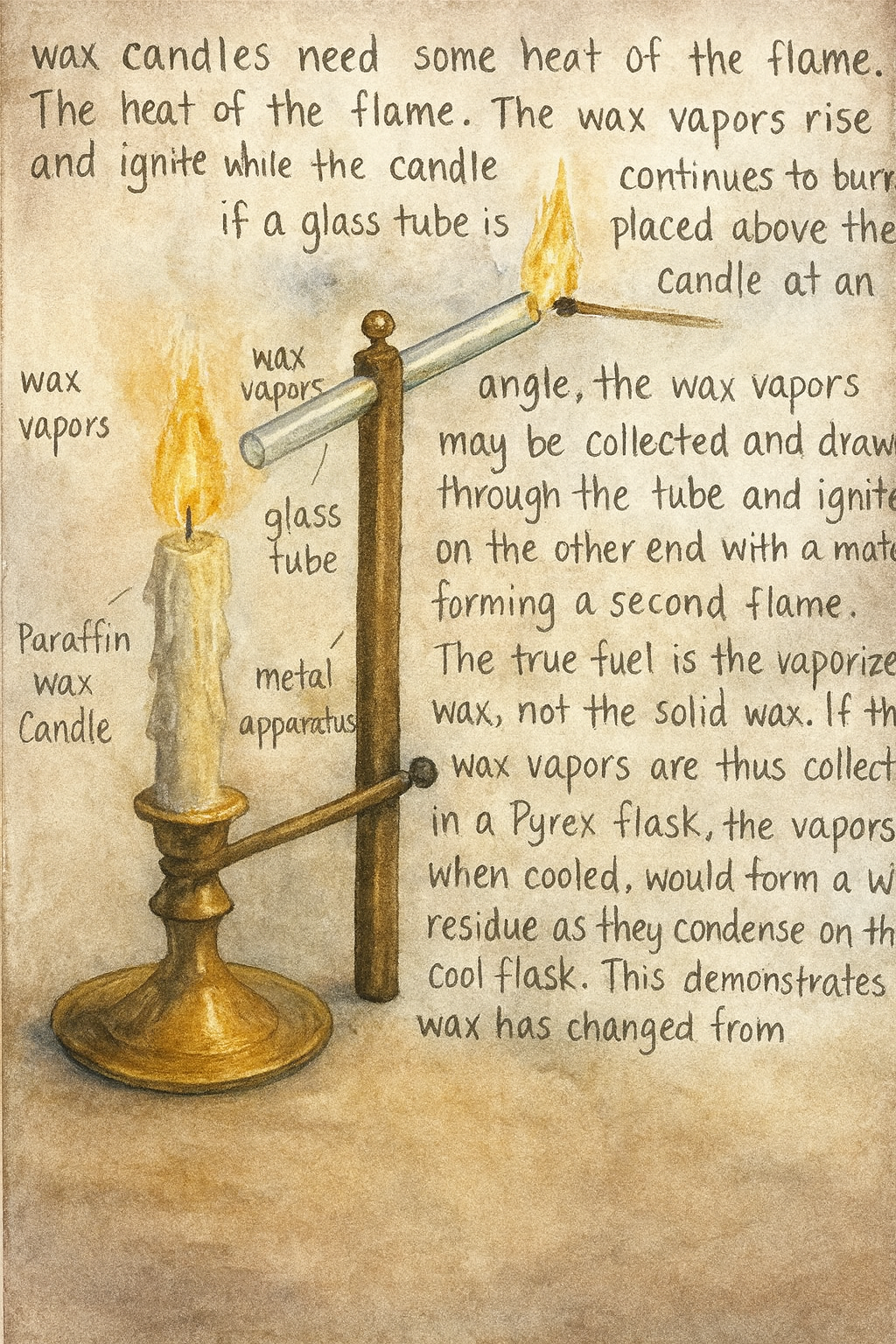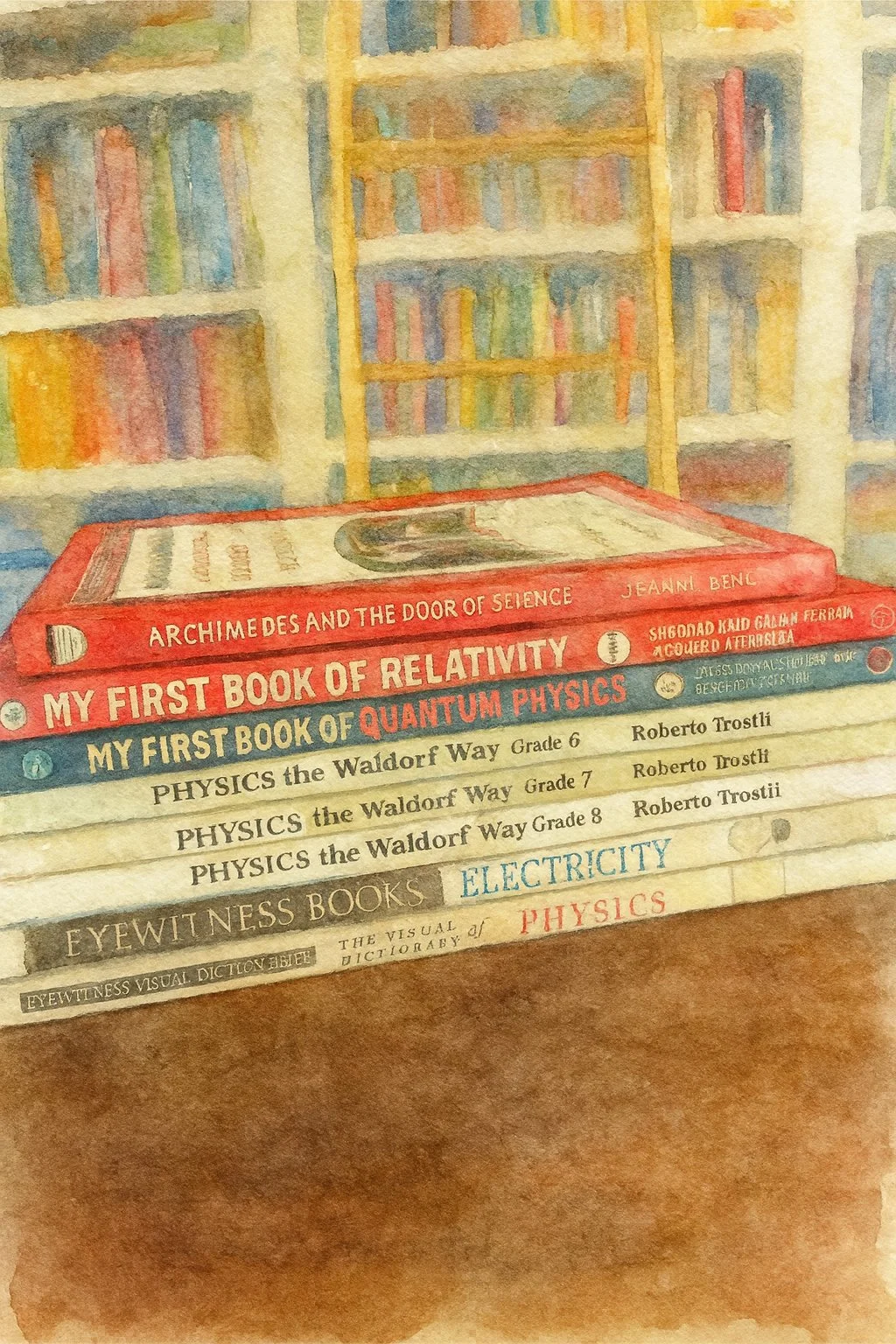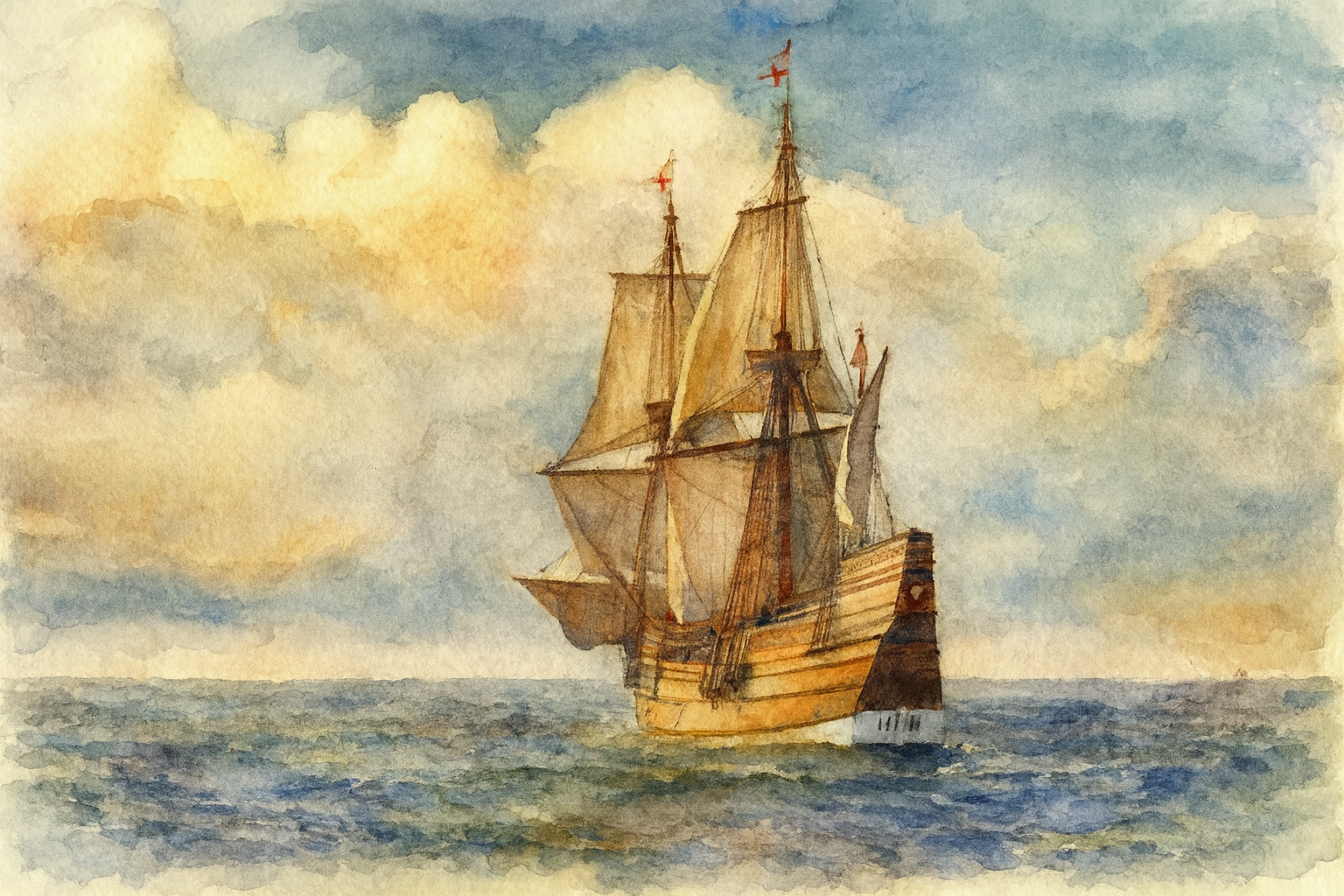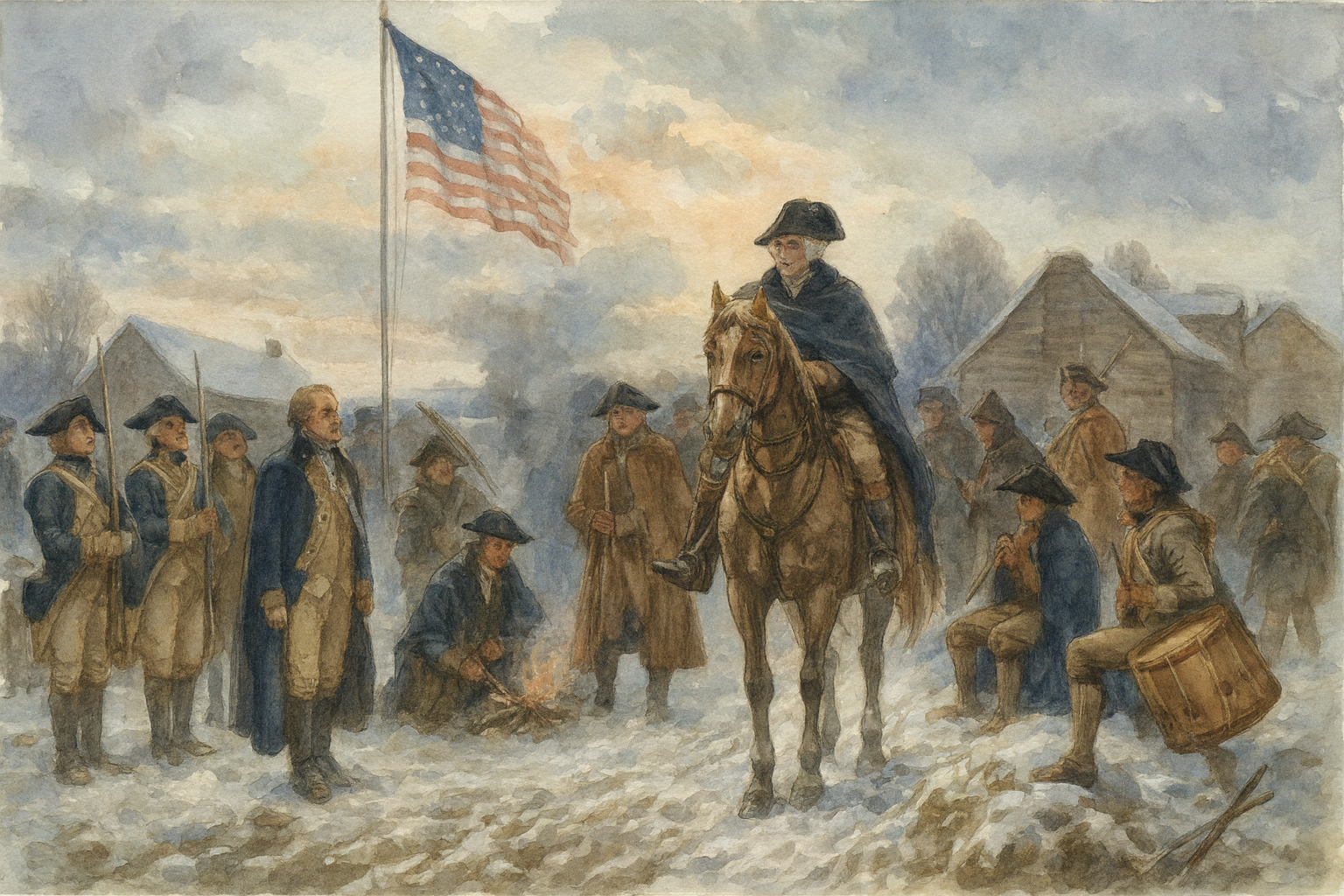Grade 7 |Age 13
Grade 7 in Waldorf education is a very exciting year. The 13-year-old student is in a year of exploration and discovery and is awakening to their individuality both inwardly and outwardly. The throes of adolescence are in full swing. The balance and grace of Grade 5 and the structure of Grade 6 give way to the restlessness, continued questioning of authority, and a passionate search for truth and identity. The Grade 7 curriculum meets this dynamic stage with history blocks on the Age of Discovery, the Renaissance and the birth of independent thought in human history. Students explore, the new world, new ideas and their own emerging selfhood and identity.
The Grade 7 student is that their own personal ‘age of discovery’ as they begin testing their new identity. This is a time of personal exploration in style preferences and friendships. Students continue to stretch outward testing boundaries and seeking experiences as they long to know firsthand and not through others’ experiences.
They continue to test authority and may even test their friendships. Some students will have gone through puberty by this age, while others may need a little more time. Even though some students may have gone through the physical changes associated to puberty, their mental and emotional development continues just as they will continue to physically grow and mature.
Academically, I’ve seen some challenges students have had in their childhood virtually disappear post puberty. Things that may have been difficult for them cognitively before are overcome easily while new trials present themselves that were absent before.
Some good habits may suffer in the transition of puberty as children’s temperament are not well established in childhood acting more like a “ill fitting jacket “. With puberty comes the temperament that the person will hold the rest of their adulthood. While temperament is meant to be worked with as we seek balance and harmony between the four temperaments, there is always going to be one dominant and subdominant temperament.
The 13-year-old may have moments of self-doubt and self-consciousness, but there is an inner courage and curiosity that accompanies the impulsive idealistic desires. There may be a restlessness surrounding the 13-year-old, and that desire for adventure, discovery and challenge is mirrored in the main lesson blocks in history with the Age of Discovery and Exploration, in science with the age of invention and scientific revolution, and in geography with the exploration of new and uncharted lands and in art with the exploration of perspective drawing.
While lessons in anatomy are best followed by lessons and chemistry in Grade 8, lessons in hygiene are introduced in Grade 7 and maybe be introduced in Grade 6 as well. These are important lessons on physiology and nutrition that can help guide the maturing student to make sound decisions for themselves moving forward.
While the Age of Discovery and exploration is filled with controversy, the sentiments of knowing the unknown is universal. Setting sail across a seemingly endless ocean, takes courage, dedication, and perseverance. These qualities are reflected in scientists who risks themselves and their health in the discovery of new scientific findings revolutionizing and shifting the scientific paradigm.
By Grade 7, students are proficient in reading, writing, spelling and comprehension. With these basic foundational skills, students can expand their creative writing and journal entries and explore essays and research. Language arts and history have complemented one another throughout the grades. And biographies on figures of the Renaissance, explorers and scientists are encouraged and are accompanied by illustrated portraits. Find colored pencils in a wide range of colors, including landscape and skin tones provide the wide palette for success in the art required in middle school.
Specialty subjects in the practical arts, handwork, music, foreign language, and eurythmy continue. Woodworking is in introduced in middle school.
In mathematics, students may experience another geometry main lesson block but the main focus is on algebra preparedness. In some cases, algebra may be introduced in Grade 7, but I preferred to introduce algebra in Grade 8 or even in Grade 9. I tended to use middle school to shore up the mathematical concept studied so far. I prefer to spend extra time doing pre-algebra and introduce algebra in Grade 9, rather than diving into algebra in Grade 7 or Grade 8. If we did introduce algebra in Grade 8, it did not have the rigor expected in an advanced Grade 8 algebra class or Grade 9 algebra.
If students were struggling with math prior to puberty, I found that there was a newfound understanding that came with the developmental and cognitive changes that accompany puberty. I also found that math proficiency and mastery came quickly with puberty.
In some schools, chemistry is introduced in Grade 7. Lessons begin with combustion as students observed the transformative power that fire has on matter. The study of metals, acids and bases follow. Reactions and change are observed in chemistry, just as in the students own life.
Physics continues with more complex lessons on thermal dynamics, magnetism, and electricity. Students experience physical law through experiment not through abstraction. They observe the laws of electricity and magnetism through phenomenon observation and demonstration.
Often an astronomy block is covered in Grade 6, but it may be introduced in Grade 7 as well. Astronomy is the geometry of the sky. And having lessons in geometry, prior to astronomy, will help deepen the understanding of Kepler’s three laws of motion.
If one has the opportunity to paint their classroom, they would choose deep indigo, violet or lavender with warm undertones. The balance between cool and warm undertones with blue and violet evoke a sense of mystery, depth, and individuality. The classroom is a place of inquiry, beauty and freedom. Here is a place that students have the freedom to express their individuality, and often that may be outwardly with fashion, style and behavior or inwardly with personal reflection and journaling. You may find that students personalize their items in a way to reflect their personality and interests. At the same time, students have a deep desire to belong; so often, you may see less individuality in clothing and other apparel as students follow social trends in and outside of the classroom or home setting.
The 13-year-old is now a teenager. And with that comes deepened emotions. Life may seem more dramatic or meaningful or personal. Events may be a tremendous tragedy or an absolute necessity. Polarities make a reappearance as a 13-year-old may see a benign event as a catastrophe. The new emotional development of the young teenager consumes a tremendous amount of energy, thought and attention.
While students thinking does become independent they do want to test those ideas and authority. But often times that testing is emotionally driven rather than mentally sound. Which means logic and intellect will do nothing to reason with the young adolescent when their emotions are stronger than their intellect. The student social life intensifies. Peers become a mirror of the self. Whether a student is in the classroom or in a home setting, their friends are going to be a paramount importance. In fact, their friends may become the authority in their life. It means choosing the right social environment deeply important to the social wellbeing of the student.
The Waldorf curriculum meets this turbulence of the outer adventure and the inner exploration, with lessons that illuminated the world and life as wide and full of discovery, but also as turbulent and transformative. We see this is the science block on chemistry: In some cases, those chemical changes are not reversible. Students may not be able to see the consequence of their actions, but they may be significant at this age.
7th Grade Waldorf Curriculum | Live Education
This is the Live-Education 7th grade Waldorf curriculum. It comes with several main lesson blocks: Perspective Drawing, Renaissance Biographies, Creative Writing, The Age of Discovery, Algebra, Physics and European Geography. The curriculum also comes with an introduction to the 7th year as well as recommendations for other main lessons blocks. This year you'll need several new supplies that were not needed before like the material for physics. Some supplies you'll need that you may have already purchased are a compass, fountain pen, main lesson books, color pencils, watercolors, drawing paper, watercolor paper and graph paper.
This video details the books and supplies used for 7th grade, as well covers the basics of the homeschool day from planning to block rotation.
The homeschool schedule proceeds like this: Begin the day with morning activities. These range from mental math and daily grammar to physical movement and song.
Following the morning activities which take anywhere from 20 minutes to an hour, you can begin your main lesson. The main lesson involves, review, introduction and lesson followed by activities for the lesson. The three-day learning cycle is important for the student as it is its own review process. There are no tests, quizzes or worksheets (typically) in a Waldorf school, so the review process ensures that information is being understood and processed.
Following the main lesson, the student may do additional math or writing. Following lunch, the afternoon time is devoted to handwork, music, foreign language, physical exercise, art and reading.
What's going on with your 12-14 year old? The introduction to this year covers the biological and developmental changes occurring in your student and explains why lessons have been chosen for this year and how you can best support these changes in our child.
Here's the math supplement curriculum we use, Key To Curriculum Series.
Watercolor paper and techniques.
All the projects we do with Distress Inks.
You can find more information about the curriculum by visiting the Live-Education website.
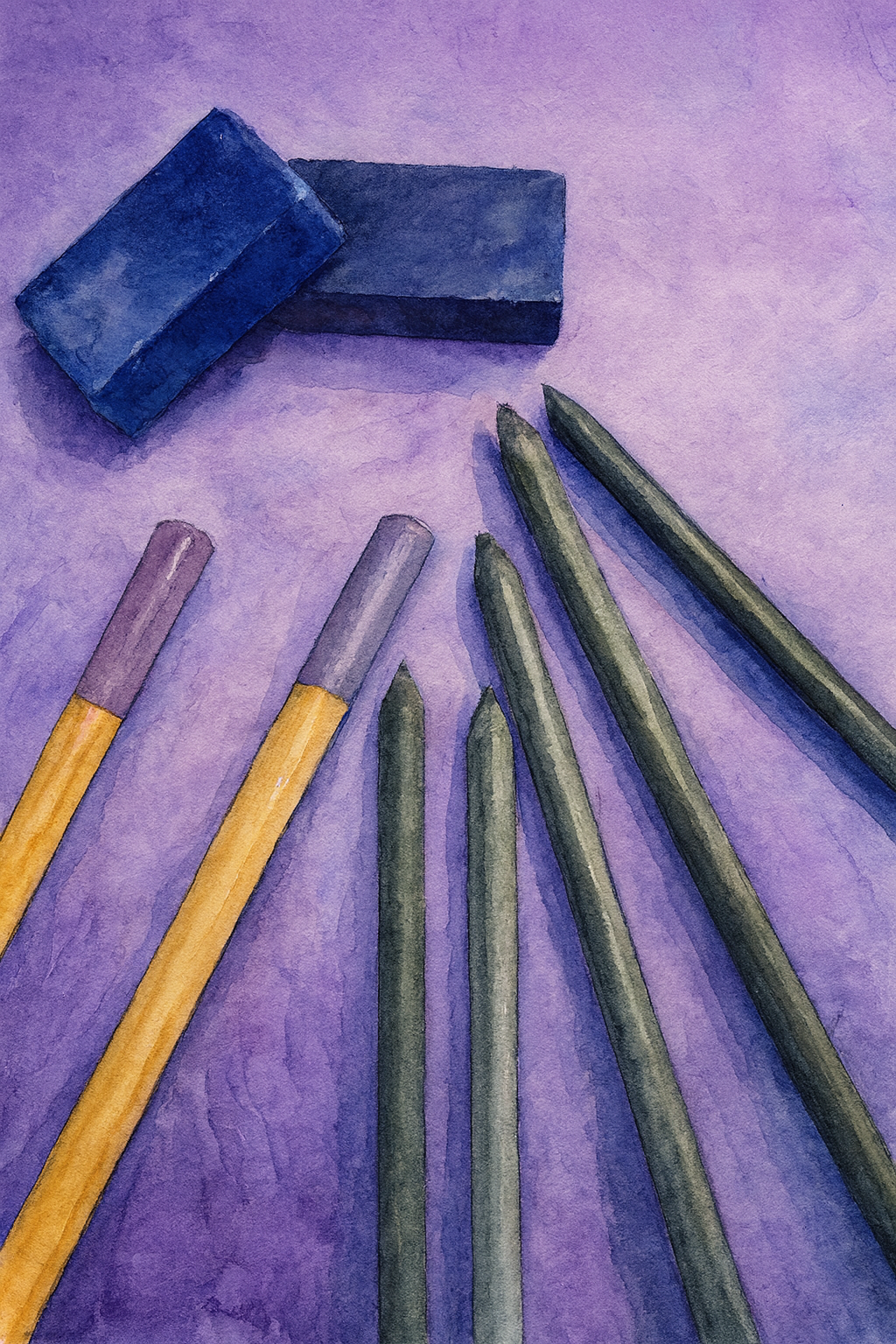
Grade 7
Grade 7
-

7th Grade Waldorf Curriculum | Live Education
This is the Live-Education 7th grade Waldorf curriculum. It comes with several main lesson blocks: Perspective Drawing, Renaissance Biographies, Creative Writing, The Age of Discovery, Algebra, Physics and European Geography. The curriculum also comes with an introduction to the 7th year as well as recommendations for other main lessons blocks. This year you'll need several new supplies that were not needed before like the material for physics. Some supplies you'll need that you may have already purchased are a compass, fountain pen, main lesson books, color pencils, watercolors, drawing paper, watercolor paper and graph paper.
-
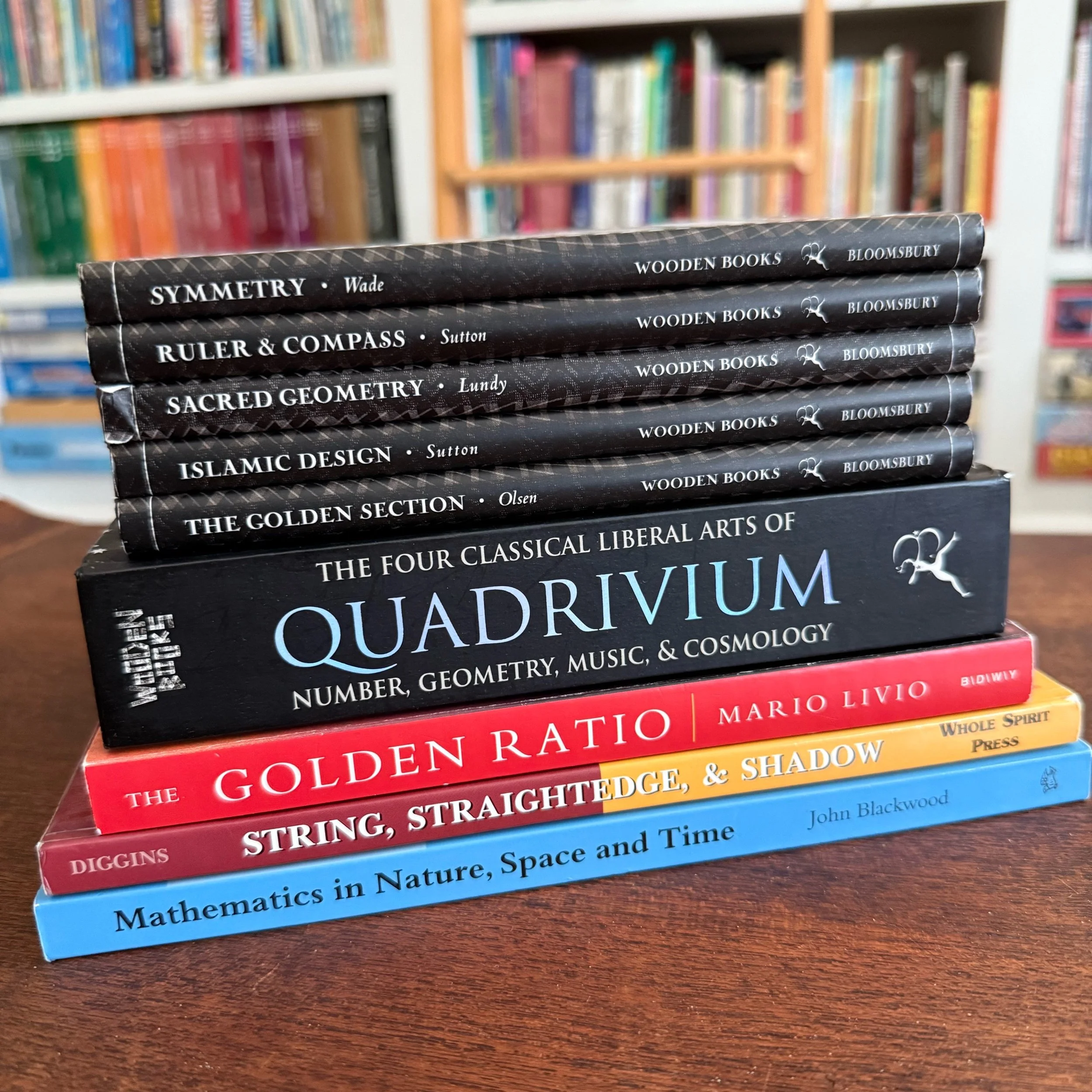
Geometry Resources
One of my favorite subjects in the Waldorf curriculum is Geometry. The way it is presented according the Waldorf pedagogy is perfection, just like geometry itself. Geometry is presented in Grade 5 and again in Grade 6 and both main lesson blocks are artistic, informative and observable. Proofs are discovered through working with the geometric form. Geometry is presented in connection with Ancient Egypt, Ancient Greece, Botany, Mineralogy and Astronomy. Geometry is beautifully integrated into the the Grade 5 and Grade 6 main lesson blocks.
-
Geometry Lessons
We have worked through our Geometry main lesson blocks at least 4 times in the years we have homeschooled and each time it feels new, beautiful and just as wonderful. Some of these lessons are tutorials, others are lessons with my children and yet others are based on the Live Education Waldorf curriculum. In all lessons, you’ll find an artistic representation of the lesson using colored pencils, watercolors or other art mediums. Geometry is meant to be experienced with this beauty and perfection, so have some high quality art materials available so you may enjoy the process and results fully.
-

Algebra Resources
Explore the Algebra resources we have used in our homeschool. We reserve the study of Algebra until Grade 9 and occasionally Grade 8. But as algebra calls on a student’s capacity for critical and abstract thinking, it’s best to present it after puberty when the student may fully engage in the learning. Attempting to introduce a simplified and intuitive form of algebra starting in Grade 1 with questions like “what plus 6 equals 10” does a student a deep disservice as a student that age is not using “X” to qualify an unknown nor is she learning to balance an equation. So this line of teaching needs to be undone before actual algebra may be taught.
Geometry Lessons
-
Geometry Grade 5 Lessons
When I first started sharing our homeschooling journey online, I had already been homeschooling for over 10 years. In that time, I had already done our Geometry block once with my oldest son. Now I was introducing the subject area to my second child but it’s my third child who was only 8 at the time who really loved these geometry lessons as well. I found that because of the artistic nature of these lessons and the slow build of concepts that this presentation of Geometry worked well as a family lesson rather than just for my Grade 5 student. In this way, everyone participated in the Geometry lessons. And everyone enjoyed them!
-

Division of a Circle Lessons
Circle symmetry is one of the most beautiful geometric projects you can easily do with your students. While some symmetries are more complicated, 3-, 4-, 6-, 8- and 12-fold are fairly straightforward and can be achieved with moderate effort and skill, in my opinion and experience. Today's project is a tutorial for threefold symmetry. While you can explore this design and come up with creative ways to paint or color in the shapes, it's not my favorite. I like the symmetry starting at 6-fold symmetry. But, I'd love to see what you come up with. Maybe your creative way of painting this design will change my mind. Honestly, the possibilities are endless and that's exciting.
-

Geometry Grade 6 Lessons
In Grade 5 students are introduced to the beauty and function of geometry with the exploration of shape and how shapes come about in the world around us. Shapes are dynamic even though we see a still shot of quadrilaterals and triangles. In Grade 6 we explore the circle in depth looking at not just 6-division of a circle and its representations in nature and mineralogy, but now we explore 5-division of a circle and the pentagon and the golden ratio. A connection to astronomy and music as well as botany previously illuminates the deep sacredness that geometry of the heavens is astronomy, the geometry of sound is music, the geometry of the mineral kingdom are crystals and the geometry of the plant kingdom is botany.
-
Geometry Grade 7 Lessons
As we advance in Geometry, we explore the book A Beginner's Guide to Constructing the Universe: Mathematical Archetypes of Nature, Art, and Science by Michael S. Schneider. This book details the quality of numbers 1-10. Instead of making the Platonic solids with templates, we learn to make them through the construction of the regular shapes through their the division of the circle. We also do the same with the Golden Rectangle.
Middle School Science Main Lesson Blocks
-
Physics
Physics is introduced gradually, beginning in Grade 6 and deepening through Grades 7 and 8, always grounded in direct, sensory experiences before abstract theory. In Grade 6, students explore acoustics, optics, heat, and magnetism through hands-on demonstrations. The focus is on careful observation and describing phenomena in precise, vivid language. In Grade 7, the curriculum introduces mechanics and electricity. Students examine simple machines, levers, and pulleys, observing how force, work, and motion interact. By Grade 8, physics becomes more analytical and quantitative. Topics such as hydraulics, aerodynamics, and electromagnetism are explored.
-
Chemistry
Chemistry is introduced in Grade 7 and further developed in Grade 8, always beginning with observation and experience before moving into theory. In Grade 7, students explore combustion, acids and bases, and the transformative nature of substances through dramatic, hands-on demonstrations. In Grade 8, chemistry becomes more structured and analytical. Topics such as the lime cycle, photosynthesis, and industrial processes like fermentation and metal refining are explored.
-
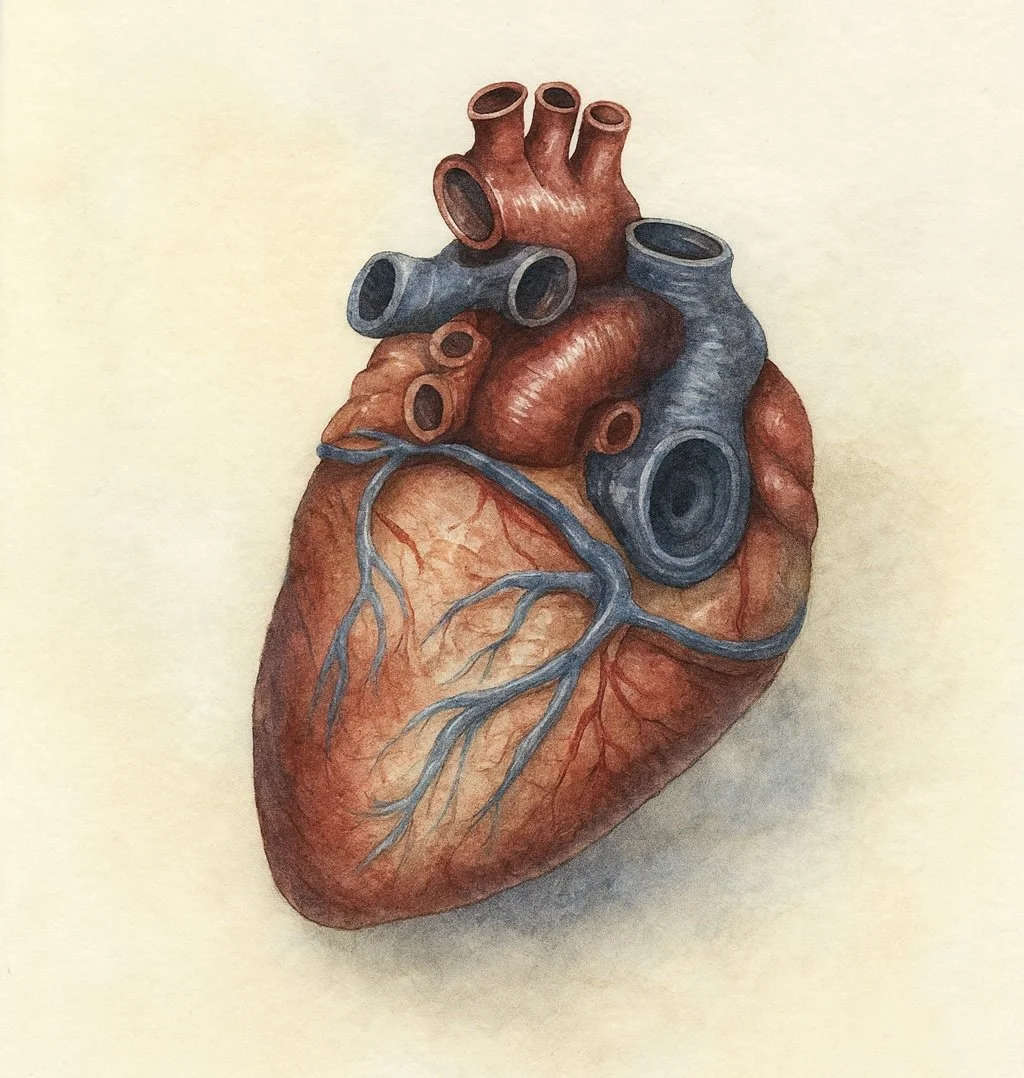
Anatomy
Anatomy is introduced in Grade 7 with a focus on the human being as a harmonious whole, rather than a collection of isolated parts. The approach is both reverent and artistic, emphasizing the wisdom and beauty of the human body. Lessons begin with major systems such as the digestive, circulatory, and respiratory systems, exploring how each one supports life and interacts with the others.
Chemistry
-

Resources & Chalk Drawings
What's the difference between Waldorf chemistry resources and Unit Study resources? Primarily, it's in the scientific content. You'll find all the science that's been discovered through years and years of science exploration in chemistry and beyond collected and organized in the following resources. What you won't find is the opportunity for your student to make his or her own conclusions based on observations of the phenomenon through chemistry demonstrations. Explore resources for both a chemistry unit study as well as a Waldorf inspired Chemistry main lesson block
-
Labs & Lessons
For this Chemistry Block, we worked through the Live Education Waldorf curriculum for many of our demonstrations and lessons while including the book Chemistry the Waldorf Way for addition demonstrations. We documented each demonstration and lesson including the written narrations or lab reports.
-

Projects & Activities
For this chemistry block, I had to think of projects and hands-on activities that would round out this study and deepen our level of understanding for the subject area. As there were limited kits and books on what I was specifically looking for, I ended up coming up with a few projects similar to ones we’ve done for other blocks.
Physics
-
Resources
As there are many sub-topics in our Physics main lesson block and because physics is taught in Grade 6, 7 and 8, I have several resources and videos. However, the majority of the videos are only available for purchase at the moment.
-

Lessons
Explore some of the lessons in our physics main lesson block. The majority of these lessons are from the final time we did our Physics main lesson block.
-
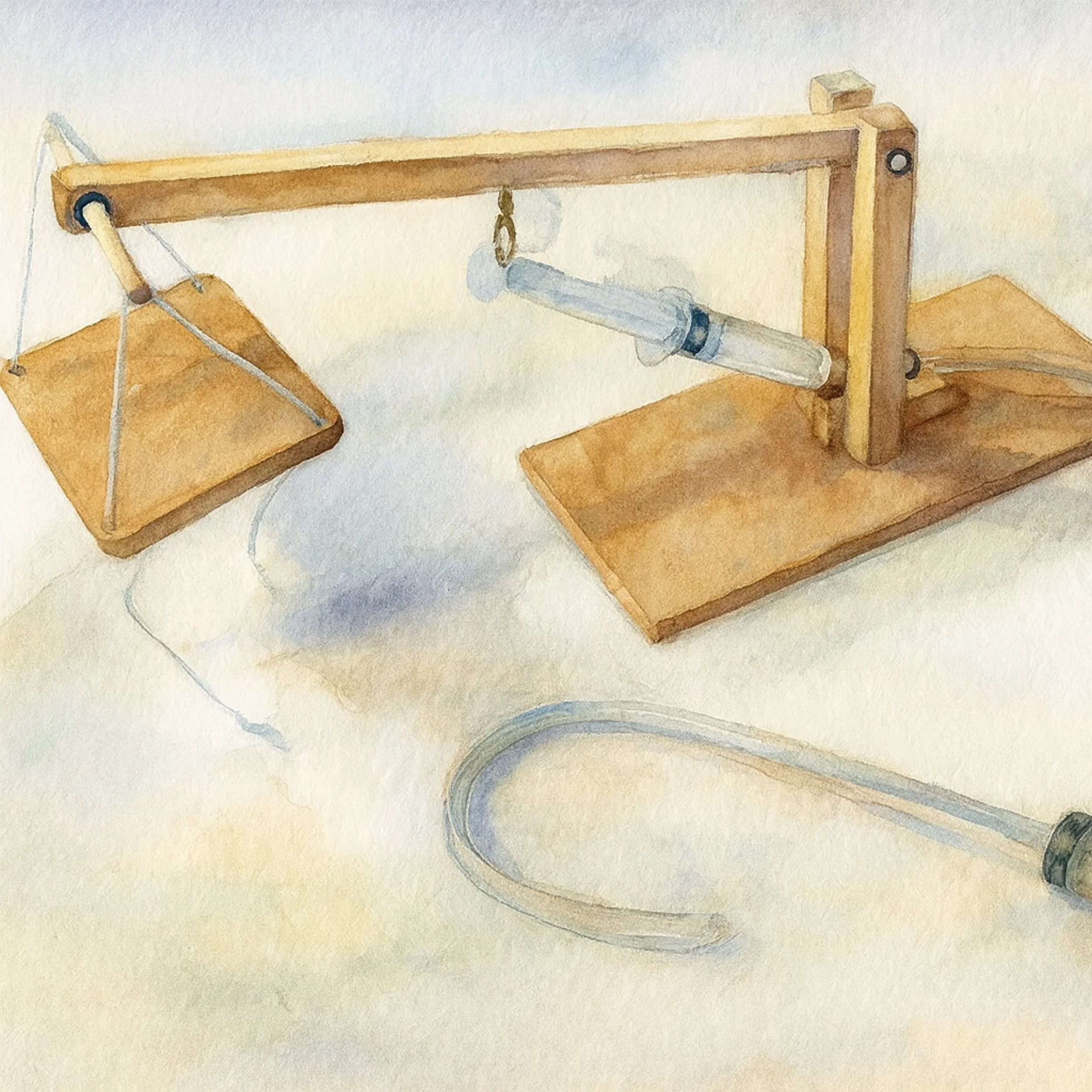
Projects & Activities
Our Projects & Activities for physics are included here as well as in the Physics Course where I share over 30 video tutorials.
Grade 7 & 8 | US History
-
Age of Discovery
In a Waldorf setting, the Age of Discovery is presented in Grade 7 along with the Age of Exploration, Renaissance Biographies, Reformation Biographies, and European Geography. The Age of Discovery covers the explorers, such as Christopher Columbus, Vasco de Gama, Ferdinand Magellan, and the Hernan Cortez and Francisco Pizarro (who conquered parts of central and South America)
-
Colonial Times
The Colonial Times along with the American Revolution and Civil War are covered in the US history block for grade 8, while Western Expansion is taught in a local history block in Grade 5. However, I brought this unit to elementary school as a unit study rather than a Waldorf inspired main lesson block.
-
Revolution
Our American Revolution Unit Study was completed a few times with unique projects each time. While some books (especially picture books) may be used again when a unit comes around again, often I collect some fresh books to inspire all of us. This unit was small and was a companion to the Colonial Times unit. Many of the projects may be used with either unit.
-
Civil War
Upon entering adolescence, the Grade 8 student has a desire for stronger critical thinking and refined moral capacities. The ability to engage in critical thinking is a milestone marker of puberty. The Civil War provides a rich opportunity for student to discuss, examine conflict, freedom, justice, and human rights. By this age, students can understand social upheaval and national transformation.
Handwork Projects | Grade 7

Grade 7
7th Grade Waldorf Curriculum | Live Education
This is the Live-Education 7th grade Waldorf curriculum. It comes with several main lesson blocks: Perspective Drawing, Renaissance Biographies, Creative Writing, The Age of Discovery, Algebra, Physics and European Geography. The curriculum also comes with an introduction to the 7th year as well as recommendations for other main lessons blocks. This year you'll need several new supplies that were not needed before like the material for physics. Some supplies you'll need that you may have already purchased are a compass, fountain pen, main lesson books, color pencils, watercolors, drawing paper, watercolor paper and graph paper.
This video details the books and supplies used for 7th grade, as well covers the basics of the homeschool day from planning to block rotation.
The homeschool schedule proceeds like this: Begin the day with morning activities. These range from mental math and daily grammar to physical movement and song.
Following the morning activities which take anywhere from 20 minutes to an hour, you can begin your main lesson. The main lesson involves, review, introduction and lesson followed by activities for the lesson. The three-day learning cycle is important for the student as it is its own review process. There are no tests, quizzes or worksheets (typically) in a Waldorf school, so the review process ensures that information is being understood and processed.
Following the main lesson, the student may do additional math or writing. Following lunch, the afternoon time is devoted to handwork, music, foreign language, physical exercise, art and reading.
What's going on with your 12-14 year old? The introduction to this year covers the biological and developmental changes occurring in your student and explains why lessons have been chosen for this year and how you can best support these changes in our child.
Here's the math supplement curriculum we use, Key To Curriculum Series.
Watercolor paper and techniques.
All the projects we do with Distress Inks.
You can find more information about the curriculum by visiting the Live-Education website.
